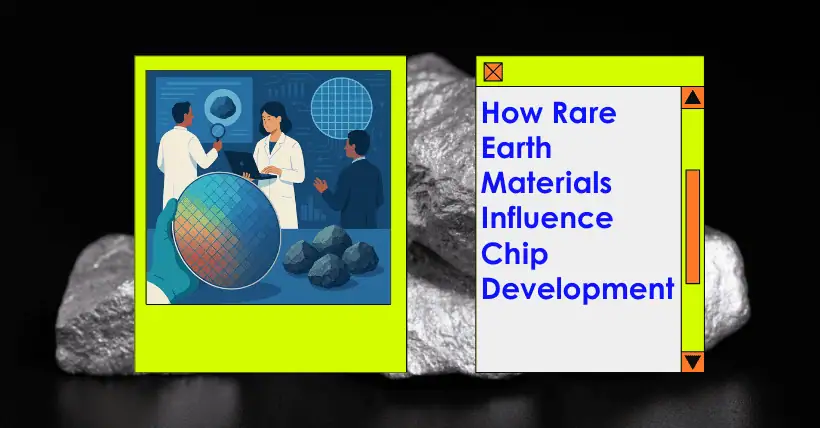
The importance of rare earths to semiconductors doesn’t lie in news headlines, but in the intricate details of every manufacturing process. Unlike silicon, which stands in the spotlight, rare earths permeate nearly every critical stage. If you walk into an etching chamber, you’ll see a white coating—that’s yttrium oxide. It’s not for aesthetics, but to help the equipment last longer. Plasma is a volatile force, full of fluorine, chlorine, and high-energy ions, which can easily erode the chamber walls. Only rare earth oxides like yttrium oxide can withstand it; they don’t react with halogens, don’t peel, and don’t flake. Engineers love it because it reduces particle contamination and keeps machines running for hundreds more hours—and that means higher output, and more profit. Below is an example of yttrium oxide’s application in semiconductor etching equipment (used as a chamber coating).
Further upstream, rare earths still play a role. Wafers must be polished—flattened—so that each layer is mirror-like. The core particles in that barrel of polishing slurry are often cerium dioxide. It doesn’t rely solely on abrasion, but also uses chemical reactions to bite into the silicon—grinding precisely, not aggressively. It offers a wider process window, more stable yields, and fewer customer complaints. You could say this material turns “stability” into a quantifiable, valuable capability.
Rare earths are also indispensable in equipment manufacturing. Steppers and ion implanters contain magnets—some need strength, others need stability. Neodymium-iron-boron and samarium-cobalt magnets form the backbone of motion control systems here. Without them, platforms can’t accelerate fast enough, and optical alignment lags behind. The precision of a chip isn’t defined in a design diagram, but upheld by these invisible magnetic forces.
So the value of rare earths in semiconductors lies not in the “rare” of geology, but in the “stability” of the supply chain. They keep plasma chambers intact, polishing slurries precise, and equipment running at speed. On the surface, they’re just materials—but fundamentally, they represent the reliability and repeatability of a manufacturing system. Where chips are today is not about bursts of inspiration, but whether fluctuations can be minimized even further. Rare earth materials are what quiet those fluctuations.

Disclaimer:
- This channel does not make any representations or warranties regarding the availability, accuracy, timeliness, effectiveness, or completeness of any information posted. It hereby disclaims any liability or consequences arising from the use of the information.
- This channel is non-commercial and non-profit. The re-posted content does not signify endorsement of its views or responsibility for its authenticity. It does not intend to constitute any other guidance. This channel is not liable for any inaccuracies or errors in the re-posted or published information, directly or indirectly.
- Some data, materials, text, images, etc., used in this channel are sourced from the internet, and all reposts are duly credited to their sources. If you discover any work that infringes on your intellectual property rights or personal legal interests, please contact us, and we will promptly modify or remove it.


